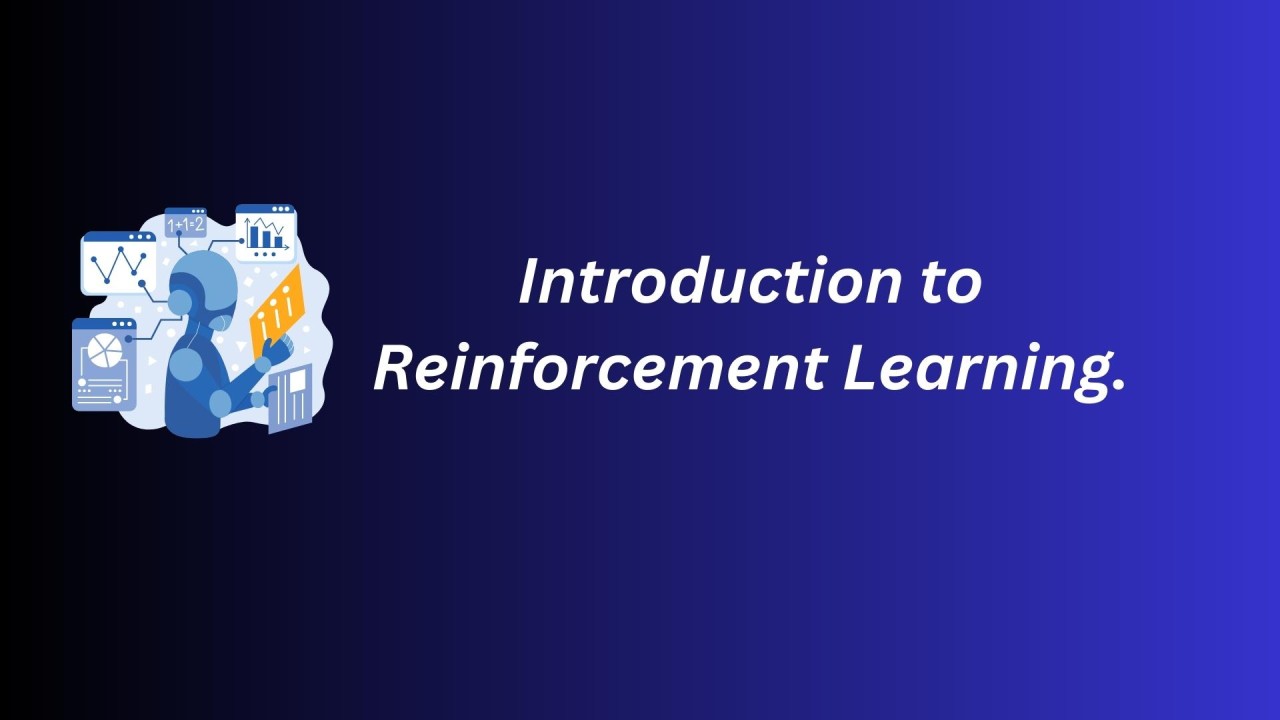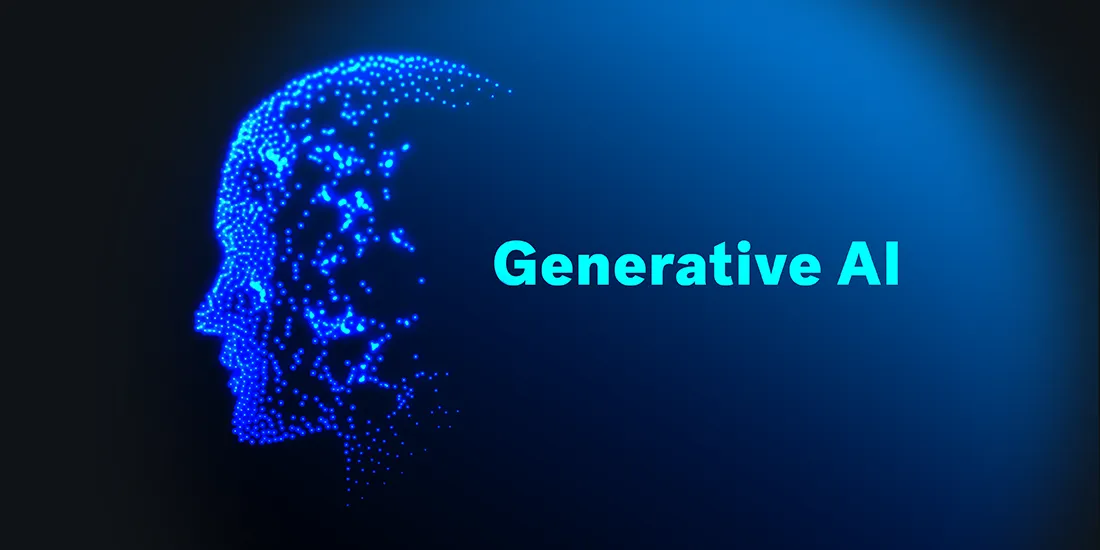Reinforcement Learning (RL) is a subset of machine learning that focuses on how agents should take actions in an environment to maximize cumulative rewards. Unlike supervised learning, where the model is trained on a set of labeled data, reinforcement learning involves training an agent through interactions with its environment. This approach is inspired by behavioral psychology and aims to teach an agent to make sequences of decisions by learning from trial and error.
The Basics of Reinforcement Learning
In RL, an agent learns to achieve a goal by performing actions and receiving feedback in the form of rewards or penalties. The environment is represented by a set of states, and the agent can transition between these states based on the actions it takes. The agent’s objective is to learn a policy—a strategy for choosing actions—that maximizes the expected long-term rewards.
A fundamental concept in RL is the reward signal, which serves as the primary motivation for the agent’s behavior. Rewards are numerical values received after each action, guiding the agent toward desirable outcomes. The agent’s performance is evaluated based on the cumulative reward it earns over time.
Key Components of Reinforcement Learning
- Agent: The entity that makes decisions and takes actions in the environment.
- Environment: The external system with which the agent interacts. It provides feedback in the form of rewards or penalties.
- State: A representation of the current situation or configuration of the environment.
- Action: The choices available to the agent at any given state.
- Reward: A numerical value that indicates the benefit or detriment of an action, used to guide the agent’s learning process.
- Policy: A strategy or function that defines the agent’s behavior by mapping states to actions.
- Value Function: A function that estimates the expected cumulative reward of a state or state-action pair, helping the agent evaluate the long-term benefit of its actions.
Exploration vs. Exploitation
One of the central challenges in reinforcement learning is balancing exploration and exploitation. Exploration involves trying out new actions to discover their potential rewards, while exploitation focuses on leveraging known actions that yield high rewards. Striking the right balance is crucial for effective learning. If an agent explores too much, it might waste time on suboptimal actions. Conversely, if it exploits too aggressively, it might miss out on potentially better strategies.
Popular Algorithms in Reinforcement Learning
Several algorithms have been developed to address various aspects of reinforcement learning. Some of the most widely used include:
- Q-Learning: An off-policy algorithm that learns the value of state-action pairs through a Q-table. It updates estimates based on the difference between predicted and actual rewards.
- Deep Q-Networks (DQN): An extension of Q-learning that uses deep neural networks to approximate Q-values, enabling the handling of large state spaces.
- Policy Gradient Methods: These algorithms, such as REINFORCE and Actor-Critic, directly optimize the policy by adjusting its parameters based on the rewards received.
Applications of Reinforcement Learning
Reinforcement learning has found applications across various domains, showcasing its versatility and power. In robotics, RL is used to train robots to perform complex tasks such as manipulation and locomotion. In game playing, RL algorithms have achieved superhuman performance in games like Chess and Go. Additionally, RL is applied in finance for portfolio management, in healthcare for personalized treatment plans, and in autonomous driving for decision-making in dynamic environments.
Challenges and Future Directions
Despite its successes, reinforcement learning faces several challenges. Training RL agents can be computationally intensive and require large amounts of data. Additionally, ensuring the stability and convergence of RL algorithms in complex environments remains a challenging task.
Looking ahead, researchers are exploring ways to improve the efficiency and robustness of RL algorithms. Advances in model-based RL, where the agent learns a model of the environment to simulate and plan actions, are promising. Moreover, integrating RL with other machine learning paradigms, such as supervised and unsupervised learning, is an area of active research that could lead to more capable and generalizable agents.
Conclusion
Reinforcement learning represents a powerful approach to teaching agents how to make decisions in complex environments. By learning from interactions and feedback, RL agents can adapt their behavior to maximize rewards and achieve their goals. As research and technology continue to advance, reinforcement learning will likely play an increasingly significant role in solving real-world problems and driving innovations across various fields.




